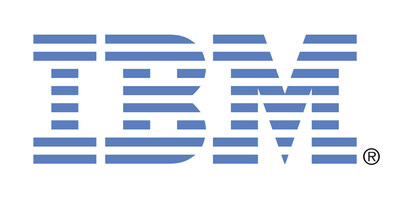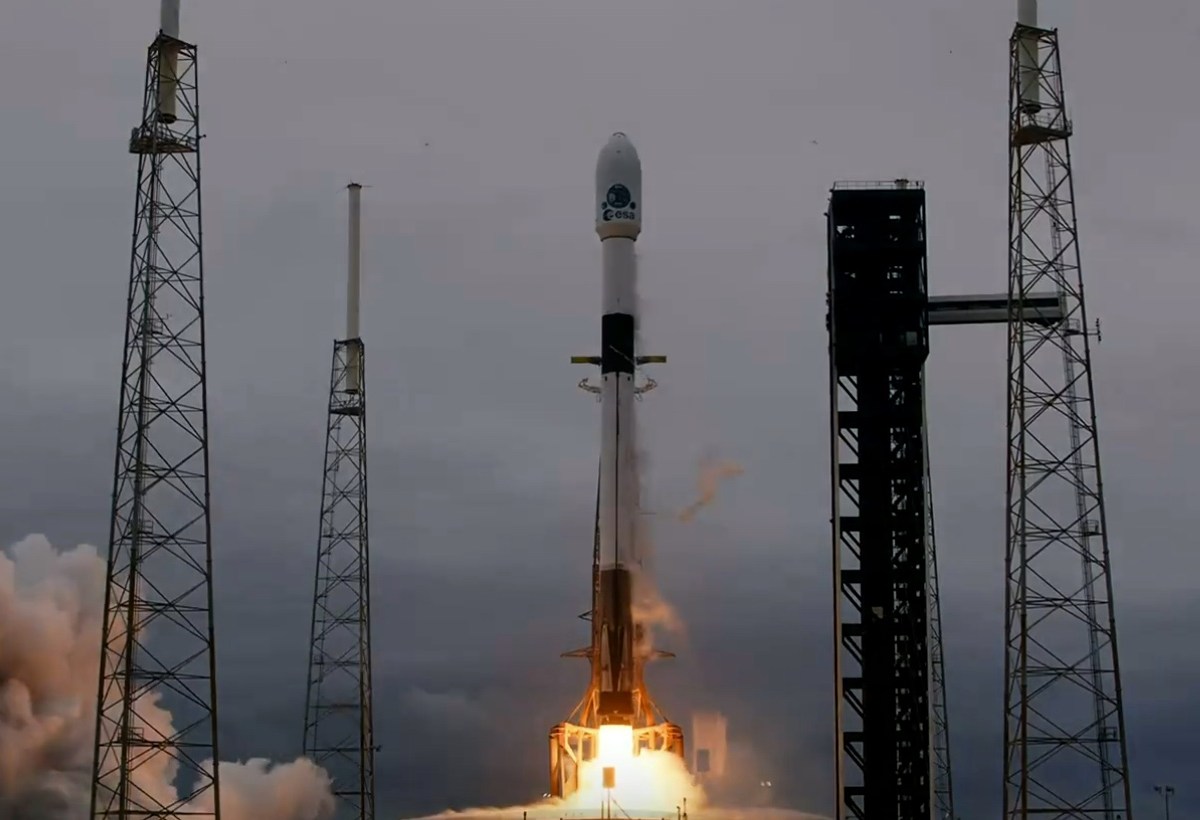Falcon 9 Rocket Launches European Hera Mission to Study Asteroids
On October 7th, a significant milestone was achieved in space exploration as SpaceX’s Falcon 9 rocket successfully launched the European Space Agency’s (ESA) Hera mission from Cape Canaveral Space Force Station in Florida. This event marked a partial return to flight for the Falcon 9, which had been temporarily grounded following an earlier anomaly. The launch is notable not only for its successful execution but also for its role in advancing our understanding of asteroid deflection technologies.
A Successful Launch Against the Odds
The Falcon 9 rocket lifted off precisely at 10:52 a.m. Eastern Time, overcoming challenging weather conditions that initially seemed unfavorable for launch. Just a day prior, weather forecasts predicted only a 15% chance of suitable conditions due to heavy cloud cover and rain. However, a fortuitous improvement in the weather allowed the launch to proceed as planned. Approximately 76 minutes after liftoff, the Hera spacecraft was successfully deployed into an interplanetary trajectory following two burns of the rocket’s upper stage.
Overcoming Challenges: The Return of Falcon 9
This launch was particularly significant as it was the first for the Falcon 9 since the Crew-9 mission on September 28th. During the Crew-9 mission, the rocket encountered an anomaly during a crucial burn intended to deorbit the upper stage after deploying the Crew Dragon spacecraft. The Federal Aviation Administration (FAA) intervened, initially halting further launches involving similar deorbit burns. However, after a thorough review, the FAA cleared SpaceX to proceed with the Hera mission, as the upper stage was set on a trajectory that did not require deorbiting. The agency has yet to authorize other Falcon 9 launches involving deorbit burns.
The Final Flight of Booster B1061
The launch also marked the 23rd and final flight of the booster designated B1061. SpaceX explained that the mission’s demands required expending the booster to achieve the necessary performance for delivering the payload to an interplanetary transfer orbit. B1061 had an impressive service history, having first flown nearly four years ago with the Crew-1 mission. It was subsequently used for the Crew-2 mission, a space station cargo mission, and for launching various satellites, including 10 missions for the Starlink constellation.
The Hera Mission: Exploring Asteroids Didymos and Dimorphos
The Hera mission is an ambitious project aimed at studying the near-Earth asteroid Didymos and its moon, Dimorphos. NASA’s Double Asteroid Redirection Test (DART) mission previously targeted Dimorphos, intentionally colliding with it to alter its orbit around Didymos. This collision demonstrated the "kinetic impactor" technique as a viable method for deflecting potentially hazardous asteroids.
Hera’s primary objective is to investigate the aftermath of the DART impact and assess how it altered Dimorphos. By doing so, the mission aims to provide a deeper understanding of the kinetic impactor technique’s effectiveness. Patrick Michel, the principal investigator for the mission, likened Hera’s role to that of a detective revisiting a crime scene to gather crucial evidence.
A Journey Across the Solar System
Weighing in at 1,081 kilograms, the Hera spacecraft is set to embark on an extensive journey through the solar system. It will fly by Mars in March 2025 before reaching Didymos and Dimorphos in late 2026. The spacecraft is equipped with 12 instruments designed to study the asteroids in several phases, gradually moving closer to them to gather detailed data.
Hera also carries two smaller spacecraft known as cubesats. One of these, named Juventas, is equipped with radar technology to probe the asteroids’ interiors and determine their structural composition. The other cubesat, Milani, will focus on analyzing the asteroids’ surfaces and composition, potentially revealing whether Dimorphos is composed of debris ejected from Didymos.
The Mission’s Bold and Innovative Approach
The Hera mission’s development was characterized by a rapid pace and innovative approaches. The project was approved for funding only in late 2019, with a budget of 363 million euros (approximately $401 million). Ian Carnelli, the Hera project manager at ESA, expressed gratitude to the mission’s partners, including prime contractor OHB, for their support in making the mission a reality. He described an unconventional aspect of the mission: the final flight software for the spacecraft was compiled mid-flight on a plane traveling across the Atlantic to Florida for the launch. It was then transmitted to ground teams via the WhatsApp messaging app, verified, and installed on the spacecraft within three hours—an unprecedented achievement.
A Vision for Future Missions
Germany played a leading role in the Hera mission, with Walther Pelzer, director general of the German Space Agency at DLR, highlighting the country’s interest in Hera’s planetary defense capabilities and its support for technology development. The mission’s success could pave the way for future endeavors, such as the proposed Ramses mission. Ramses intends to use the Hera spacecraft design to explore the asteroid Apophis before its close flyby of Earth in 2029. While ESA has initiated preliminary work on Ramses, full funding will need to be secured at the next ministerial meeting in late 2025.
Public interest in the mission has exceeded expectations, particularly in Germany. Pelzer noted that an online interview about the mission received an unexpectedly high level of engagement, surpassing interest in the Ariane 6 launch vehicle.
Paving the Way for Fast and Innovative Exploration
Carnelli expressed hope that Hera’s success will serve as a model for future missions that prioritize speed and innovation. While this approach involves inherent risks, it opens up new possibilities for exploring the solar system in ways that were previously unimaginable. The Hera mission exemplifies the potential for rapid development and deployment of space missions, offering valuable insights into the dynamic processes at play within our solar system.
In conclusion, the successful launch of the Hera mission by SpaceX’s Falcon 9 rocket represents a significant step forward in our understanding of asteroid deflection techniques and planetary defense. As Hera embarks on its journey to study Didymos and Dimorphos, it promises to yield valuable data that will inform future efforts to protect our planet from potential asteroid impacts. The mission’s innovative approach and rapid development serve as a testament to the potential for groundbreaking advancements in space exploration. For more detailed information about the Hera mission, visit the official ESA website.
For more Information, Refer to this article.

































